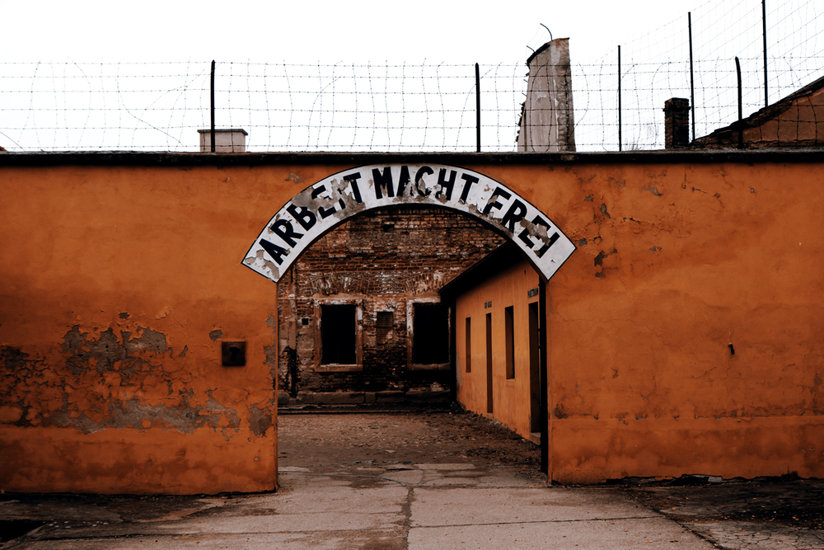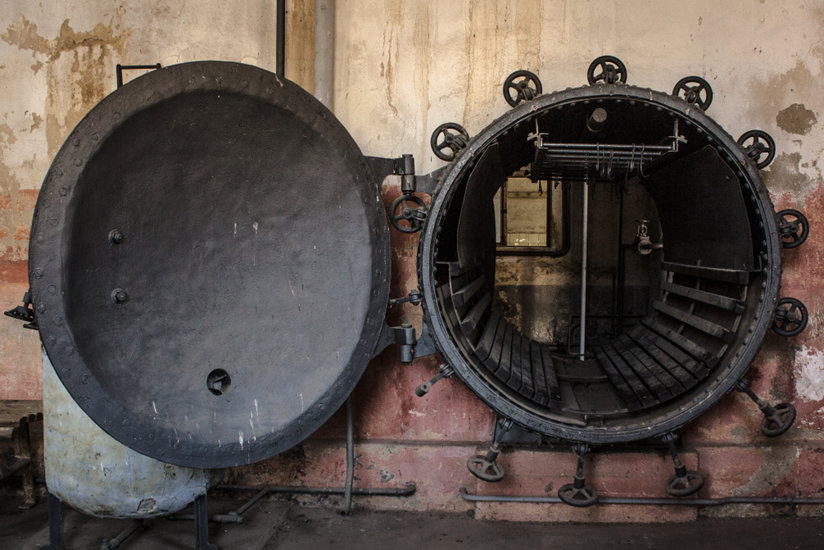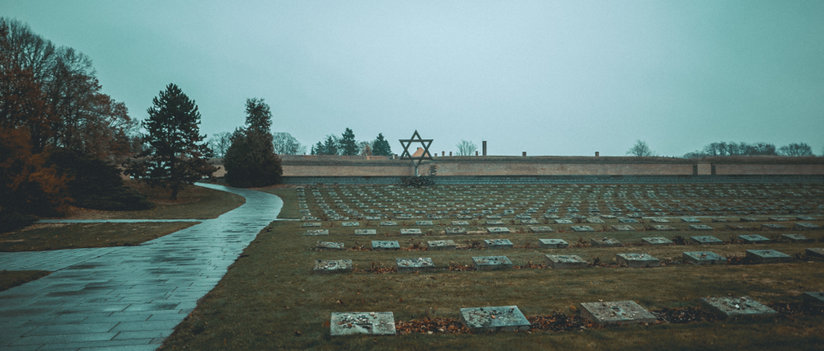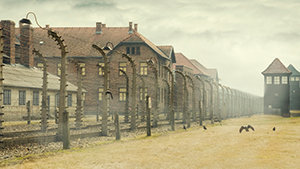
-
HOME
-
WHAT IS STANDOur Mission Our Values Our Help Contact
-
WHAT WE FIGHT FORReligious Freedom Religious Literacy Equality & Human Rights Inclusion & Respect Free Speech Responsible Journalism Corporate Accountability
-
RESOURCESExpert Studies Landmark Decisions White Papers FAQs David Miscavige Religious Freedom Resource Center Freedom of Religion & Human Rights Topic Index Priest-Penitent Privilege Islamophobia
-
HATE MONITORBiased Media Propagandists Hatemongers False Experts Hate Monitor Blog
-
NEWSROOMNews Media Watch Videos Blog
-
TAKE ACTIONCombat Hate & Discrimination Champion Freedom of Religion Demand Accountability
“The Will to Create Is the Same as the Will to Live”—Achieving Immortality Through Holocaust Art
The joke goes something like this:
NAZI: It’s nothing personal, you understand, but the facts are quite clear: all of the ills and misery of the world come from the Jews.
JEW: Yes, of course. The Jews and the Cyclists.
NAZI (puzzled): The Cyclists? Why the Cyclists?
JEW: WHY THE JEWS???!!!
It was a pointed barb, dreamed up by some unnamed wag, and passed on, first in Eastern European ghettos between the First and Second World Wars, and then in whispers and nods through the concentration camps of the Holocaust.
In 1944, a courageous band of artists at the Nazi concentration camp Theresienstadt cobbled together a play inspired by the joke—a black comedy entitled The Last Cyclist, in which bicycle riders are blamed for all of civilization’s woes and are hunted down and killed, one by one. The play never saw the light of day, shut down during its final dress rehearsal by Theresienstadt’s Jewish Council of Elders, a puppet government put in place by the SS.

(Photo by Jaromir Urbanek/Shutterstock.com)
Seventy-six years to the day after the liberation of the Auschwitz concentration camp, The Last Cyclist has found new life thanks to the Embassy of the Czech Republic in Washington, D.C. The original stage play was recently reconstructed and performed in front of motion picture cameras, and the embassy sponsored an airing in commemoration of this year’s International Holocaust Remembrance Day.
Theresienstadt, a community in the town of Terezín in northwestern Czechoslovakia, wasn’t strictly speaking a concentration camp. It would more accurately be described as the “anteroom to hell” where tens of thousands of Jews were crammed into a tiny neighborhood before being shipped off to the death camps of Auschwitz, Buchenwald and others. Theresienstadt could accommodate at best 6,000, but often housed as many as 60,000 in filthy, vermin-ridden spaces where hundreds were often forced to share a single toilet.
Terezín would more accurately be described as the “anteroom to hell.”
The appalling lack of sanitation, together with overcrowding and abuse, took its toll. In 1942 alone, 15,891 people died in Theresienstadt, half of the ghetto’s population at the time. More than 155,000 Jews passed through Theresienstadt until it was liberated on May 8, 1945; 35,440 perished in the ghetto and 88,000 were deported to be murdered.
Despite food shortages, congestion, malnutrition, starvation and forced labor, the will to live remained strong—manifesting itself in the community’s artistic productions. Ironically, many of the finest artists, performers, writers and designers of Eastern Europe found themselves together in one place for the first time, and often collaborated on live performances, gathering or improvising what set pieces they could make from cardboard and paper, what costumes they could piece together from odd swatches and rags.
The SS, for their part, didn’t notice or didn’t care what the people did with their “spare time” until 1943, when the first reports of Nazi atrocities hit the global press with resultant outrage, at which point the Nazis decided to present Theresienstadt as a model community to an investigative commission of the International Red Cross.
The first problem to address, of course, was overpopulation. This was summarily handled by vastly increasing the number and frequency of deportations to Auschwitz. Now, with a more manageable population, the SS swiftly constructed fake shops, a coffee house, bank, school, kindergartens and the like, and flower gardens were planted throughout the ghetto.

The commission arrived on June 23, 1944, and were suitably impressed. A propaganda film about the new life of the Jewish people under the Third Reich was produced and distributed, after which most of the actors in the film, including the children, were sent to Auschwitz.
The Last Cyclist was written by the brilliant young Czech director-writer Karel Švenk, described by those who knew him as a blend of Charlie Chaplin and Buster Keaton. He eventually perished at the hands of the Nazis, as did most of those associated with the play.
Despite food shortages, congestion, malnutrition, starvation and forced labor, the will to live remained strong—manifesting itself in the community’s artistic productions.
As Rebecca Rovit observed in her edited collection of essays Theatrical Performance During the Holocaust, “It defies our understanding to imagine concentration camp inmates singing, playing classical music, and dancing on makeshift stages or in crowded barracks at the same time that cattle cars transported their fellow inmates toward Auschwitz. The grotesquerie of such events suggests frivolity and even sacrilege. If people could act in plays and create art while facing death, that would have to mean that life in the camps could not have been so desperate. But the inmates knew that the camps were evil. And we know that they were very evil. And we now know that people sang and danced in spite of and because of the Nazi hell and the murderous ‘Final Solution.’”

The only other work banned by Theresienstadt’s puppet Jewish Council of Elders was an opera, The Emperor of Atlantis, composed by Viktor Ullmann, himself one of the most famous prisoners in the ghetto. Before his murder at Auschwitz, Ullmann wrote, “The will to create is the same as the will to live.”
By their defiant affirmation of life and creation, the artists of Theresienstadt, unlike their captors, prevailed over death and achieved immortality.
We are the better for it.









